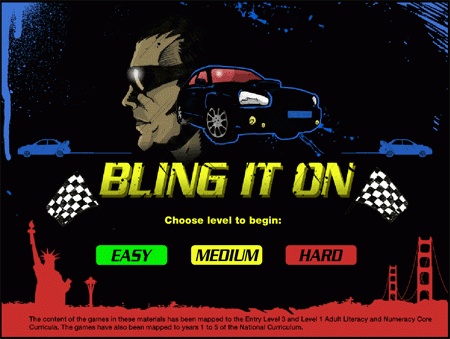A quarter of the world use the internet and half the world now has a mobile phone.
The Guardian has an interesting article on an UN report.
The speed and scale of the world’s love affair with mobile phones was revealed yesterday in a UN report that showed more than half the global population now pay to use one.
The survey, by the International Telecommunications Union (ITU), an agency of the UN, also found that nearly a quarter of the world’s 6.7 billion people use the internet.
I assume that if you are reading this that you more than likely have access to the internet (unless some kind soul prints out my blog articles for you to read) and if you do have access to the internet then more than equally likely you have a mobile phone.
The world is changing and the world is changing fast.

We can’t as a sector afford to stand still, nor is it merely a matter of moving from one state to another. Society and our learners are changing and we need to ensure that not only we keep up with the technological changes, but that we also support our learners to keep up too.
The problem with ILT and e-Learning is that it will never be a place we can get to, it is much more a moving target and we need to keep moving to keep up.
For example new services come and go.
I use to demonstrate Gabcast which was a fantastic free podcasting tool, now it is no longer free. Should you stop using it, well no, it might cost money, but it might be money well spent. College systems may need to change in order to make it simpler for them to pay for services such as Gabcast, but the issue is less money (colleges spend money on lots of things) and more about processes and procedures.
This doesn’t mean that you should never use Web 2.0 and other free services.At the end of the day, things change, things close down.
My view is that institutions and individuals need to be more flexible, responsive and robust in how they use services and resources so that when things do change, break, close, or whatever, it has a minimal impact on the end user, the learner.




